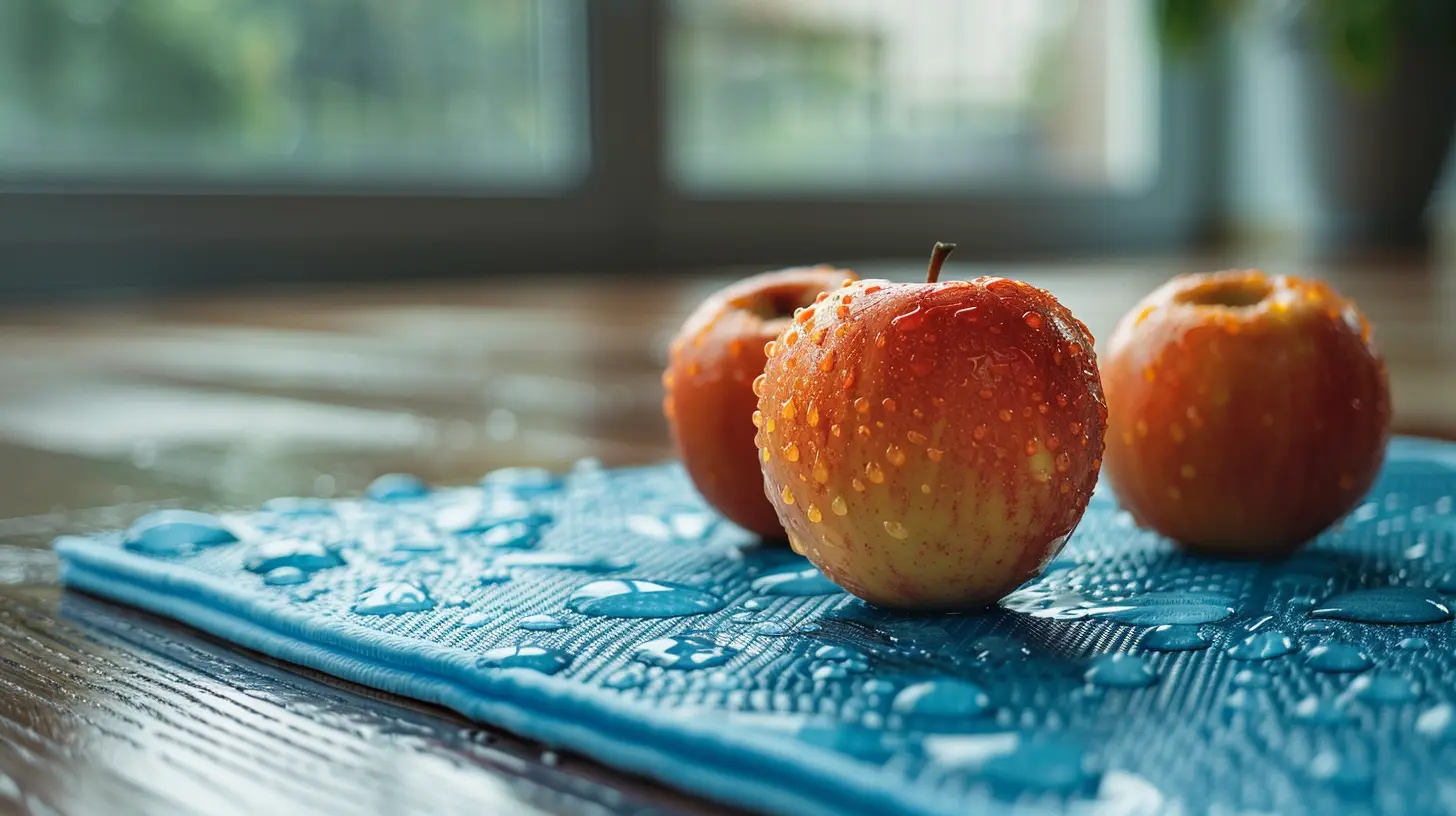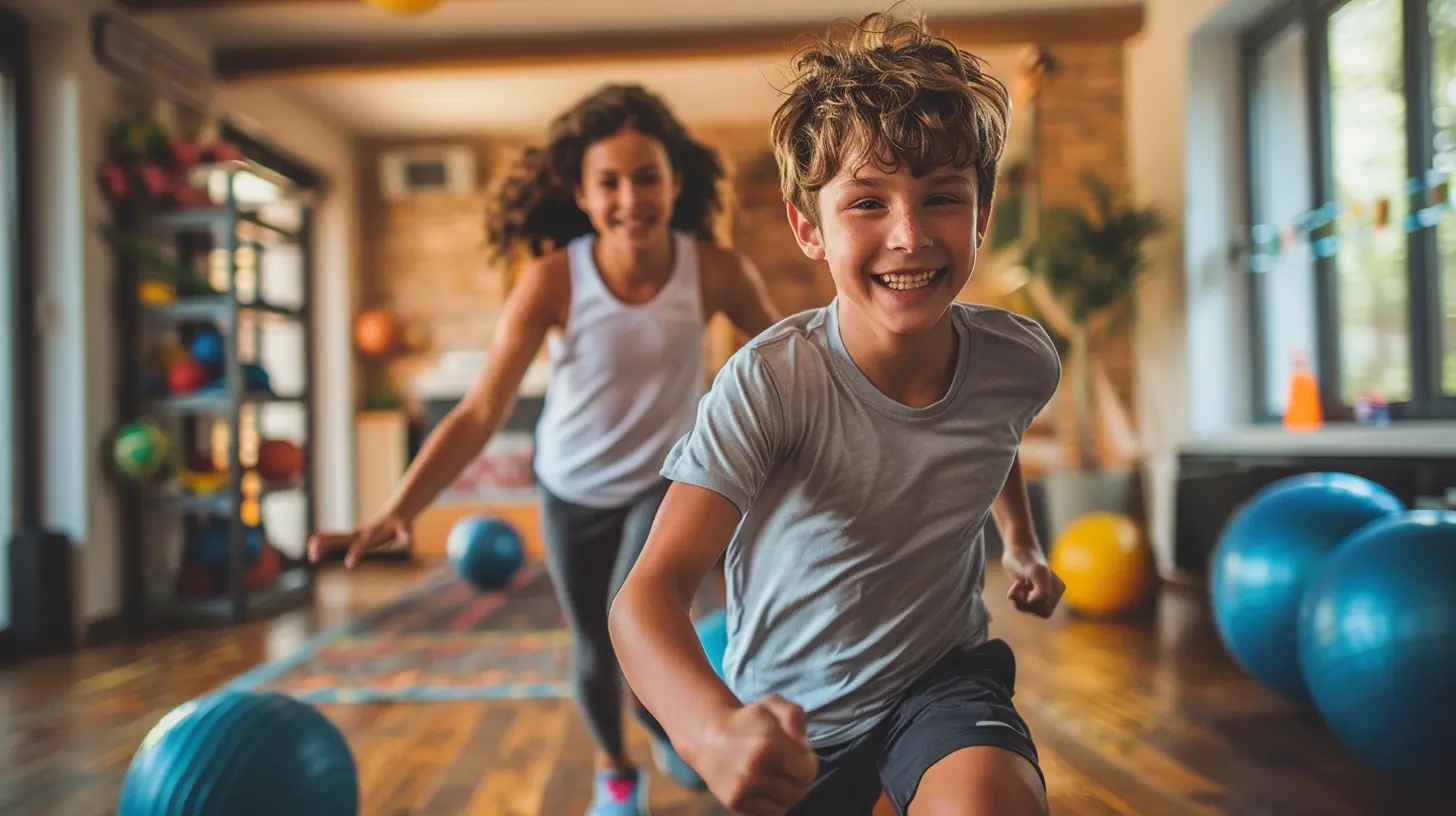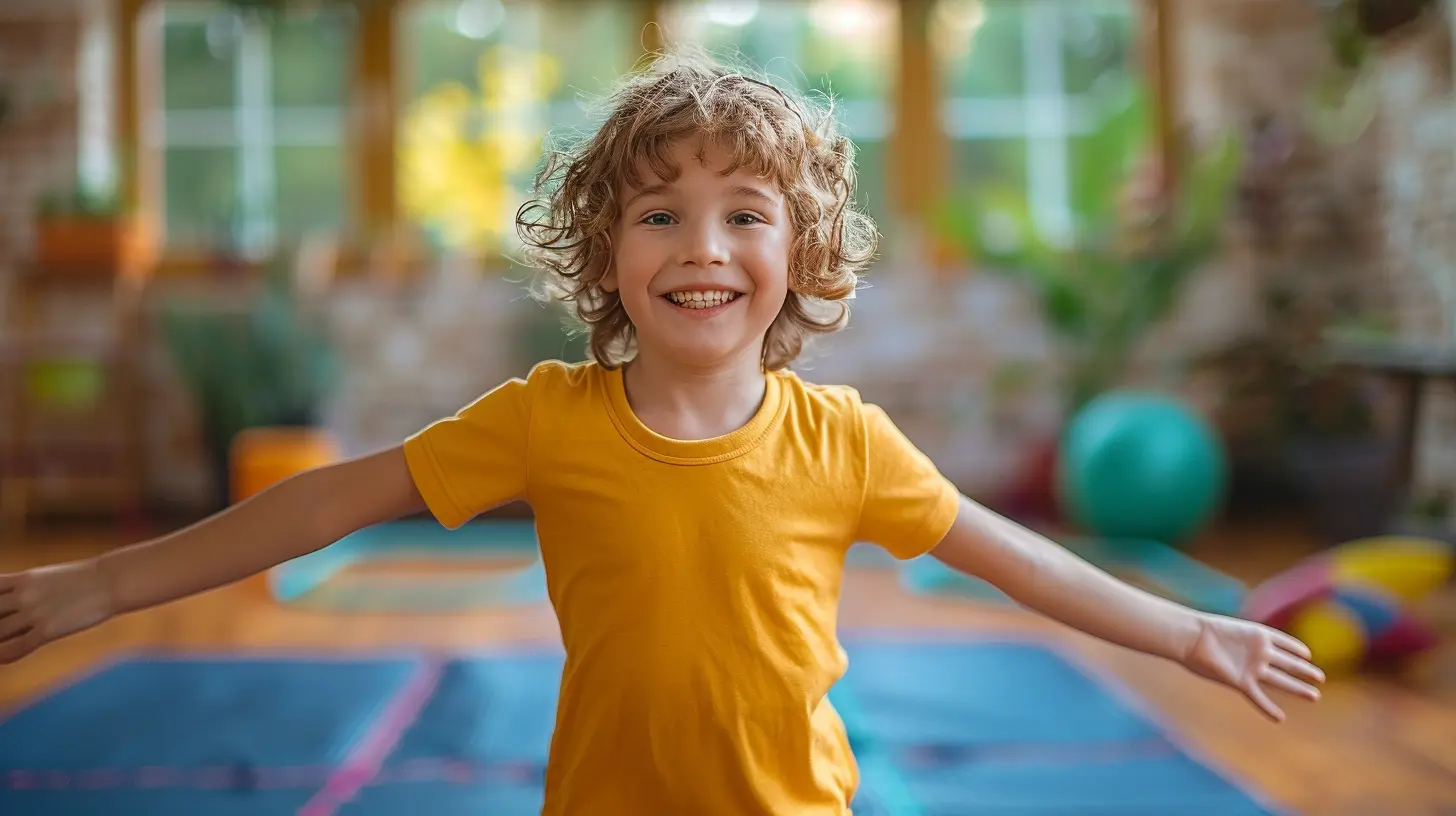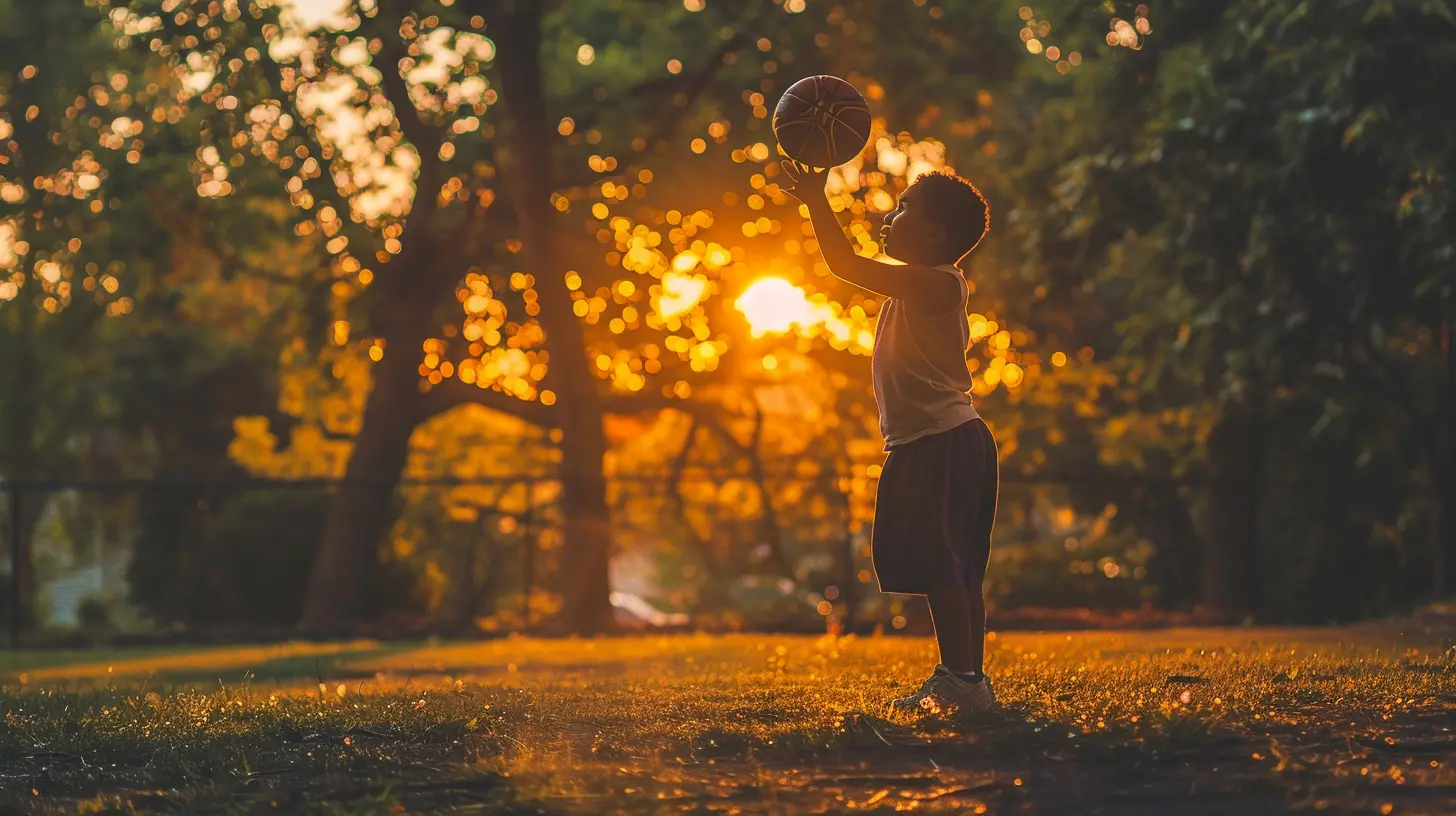4 April 2025
Homeschooling gives you the freedom to customize your child's education, but one aspect that often gets overlooked is physical education (PE). Unlike traditional schools with scheduled gym classes, homeschooling requires a bit more creativity to ensure kids stay active and develop good fitness habits.
The good news? Incorporating PE into your homeschool routine doesn’t have to be complicated or time-consuming. With a little planning, you can make exercise fun, engaging, and educational for your child.
In this guide, we'll walk through why physical education is important, how to make it a part of your daily homeschool routine, and some creative ideas to keep your kids moving. 
Why Physical Education Matters in Homeschooling
Sure, academics are essential—but what about physical health? Physical activity is just as important as math and reading. Here’s why:1. Boosts Physical Health
Regular exercise strengthens muscles, improves cardiovascular health, and enhances flexibility. Kids who are active tend to have stronger bones and a lower risk of obesity and related health issues.2. Enhances Mental Well-being
Ever noticed how a short walk or some jumping jacks can lift your mood? That’s because exercise releases endorphins, which reduce stress and anxiety. Physical activity can also help kids focus better on their studies.3. Encourages Discipline and Teamwork
Even if your child isn't on a sports team, activities like yoga, martial arts, or simple group exercises teach valuable lessons in discipline, goal-setting, and collaboration.4. Improves Motor Skills and Coordination
Jumping, running, throwing, and balancing—all these activities help improve fine and gross motor skills, which are essential for daily life.5. Breaks Up the School Day
Let's be honest—sitting at a desk all day can be boring. PE is a fantastic way to break up long study periods, allowing kids to refresh their minds before diving back into lessons.
How to Incorporate Physical Education into Your Homeschool Routine
Now that we know why PE is important, let’s talk about how to fit it in. You don’t need a gym or expensive equipment—just a plan and a little creativity!1. Schedule It Like Any Other Subject
Treat PE just like math or science. Set aside time daily or at least three times a week for structured physical activity. Whether it's 30 minutes in the morning or a break in the afternoon, having it on the schedule makes it a priority.2. Choose Activities Based on Interests
Not every child loves traditional sports. Some enjoy dance, while others prefer biking or martial arts. Let them have a say in what activities they want to do—when kids enjoy what they’re doing, they’re more likely to stick with it.3. Make It a Family Activity
Why not turn PE into family bonding time? Go for morning walks, play tag in the backyard, or even try a parent-child yoga session. When kids see you being active, they’ll be more motivated to join in.4. Use Online Resources and Apps
If you're not sure where to start, the internet is packed with PE resources designed for kids. Check out:- GoNoodle (fun movement videos)
- Cosmic Kids Yoga (kid-friendly yoga)
- Just Dance (a fun way to get moving)
5. Turn Learning into Movement
Who says you have to sit still to learn? Try:- Spelling races: Kids run between two points, spelling words as they go.
- Math hopscotch: Solve math problems while hopping from one number to another.
- History reenactments: Act out historical battles or scenes.
This method blends education with exercise, making learning more engaging!
6. Get Outdoors as Much as Possible
Outdoor play is one of the best forms of physical education. Hiking, biking, or even playing at the park provides great exercise and fresh air. Bonus? It’s free!7. Incorporate Strength and Flexibility Training
PE isn't just about running. Include some strength-building and flexibility activities like:- Bodyweight exercises (push-ups, squats, lunges)
- Stretching and yoga
- Balance exercises (standing on one foot, walking a balance beam)
8. Enroll in Community Sports or Classes
If possible, get your child involved in local sports teams, dance classes, swimming lessons, or martial arts. These activities teach discipline, teamwork, and perseverance.9. Try Homeschool PE Curriculums
If you prefer a structured approach, there are ready-made homeschool PE curriculums like:- SPARK PE
- Homeschool Physical Education by Family Time Fitness
These programs take the guesswork out of planning and ensure a well-rounded PE experience.
10. Track Progress and Set Goals
Keep a simple PE journal where your child tracks their activities, achievements, and fitness goals. This helps them stay motivated and see their progress over time.
Fun PE Activities You Can Do at Home
Looking for some fun ideas? Here are some easy and engaging physical activities that work great for homeschoolers:Indoor Activities
- Dance parties – Put on music and dance!- Obstacle courses – Use furniture, pillows, and tape to create a fun course.
- Yoga or stretching sessions – Follow along with YouTube or an app.
- Jump rope challenges – Great for cardio and coordination.
- Exercise dice – Roll a homemade die with different exercises on each side.
Outdoor Activities
- Nature walks or hikes – Learn about plants and animals while exercising.- Bike rides – Explore your neighborhood or nearby trails.
- Scavenger hunts – Hide items around the yard and have kids run to find them.
- Traditional sports – Basketball, soccer, frisbee, or badminton.
Group Activities
- Relay races – Great for siblings or homeschool co-ops.- Simon Says with a fitness twist – “Simon says do 10 jumping jacks!”
- Tag and hide-and-seek – Timeless classics that get kids running.

Overcoming Challenges in Homeschool PE
Sometimes, keeping up with PE in a homeschool setting isn’t easy. Here are some common struggles and solutions:Not Enough Space?
Try bodyweight exercises, yoga, or online dance workouts. Even simple activities like jumping jacks don’t require much room.No Equipment?
You don’t need fancy gym gear. Use what you have! Towels can be yoga mats, canned goods can be dumbbells, and a simple ball can lead to tons of games.Lack of Motivation?
- Set small goals and offer rewards.- Let kids choose their favorite activities.
- Invite friends or family to join in for extra fun.
Final Thoughts
Homeschooling gives you the flexibility to make PE fun, engaging, and tailored to your child's interests. Whether it’s structured workouts, outdoor adventures, or learning through movement, the key is to keep them active and smiling.So, what’s stopping you? Lace up those sneakers, get moving, and make PE an exciting part of your homeschool routine!




Lanae Benton
Great insights! Incorporating physical education into homeschooling can enhance learning and promote overall health—an essential aspect of education.
April 4, 2025 at 12:22 PM